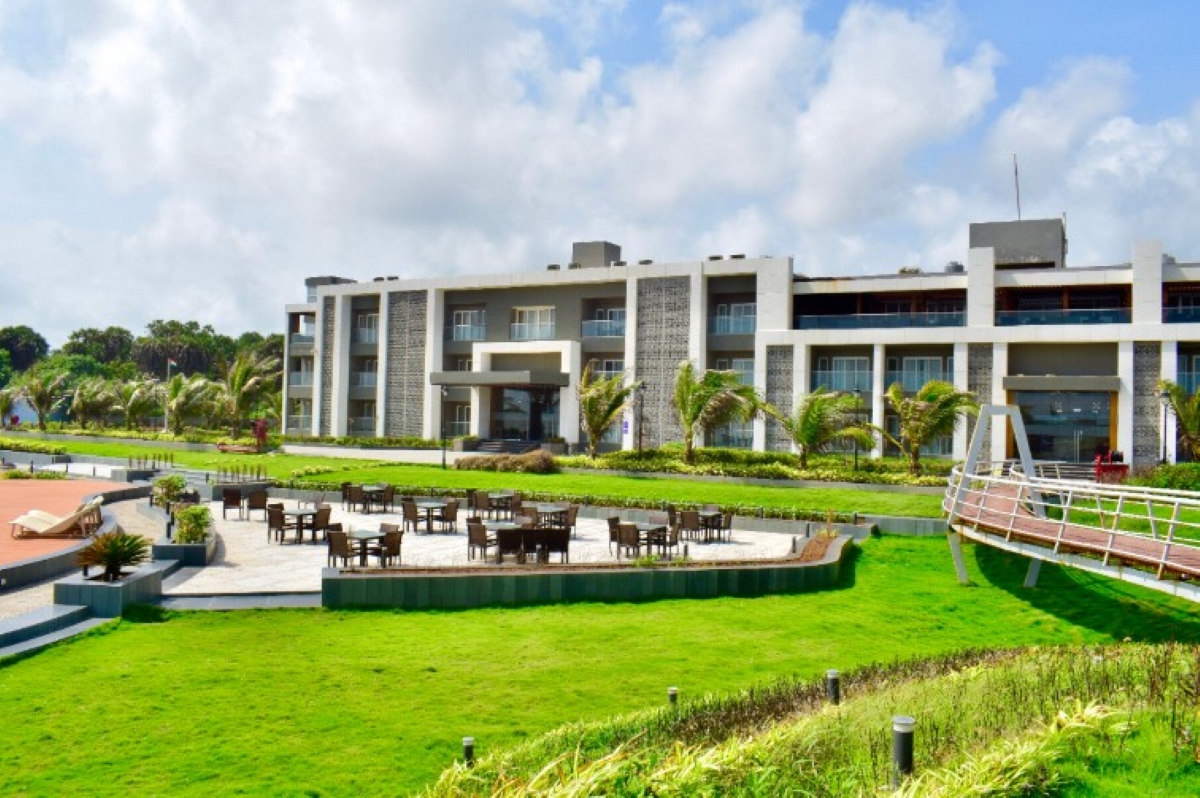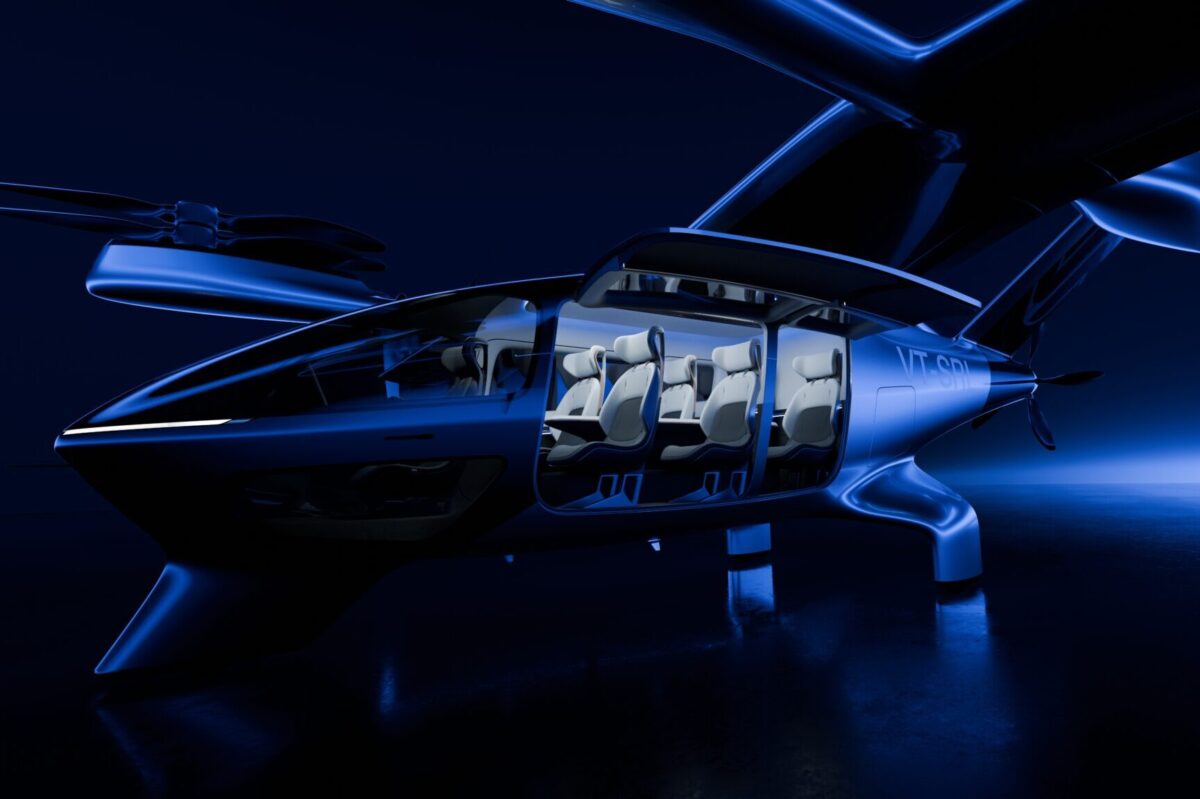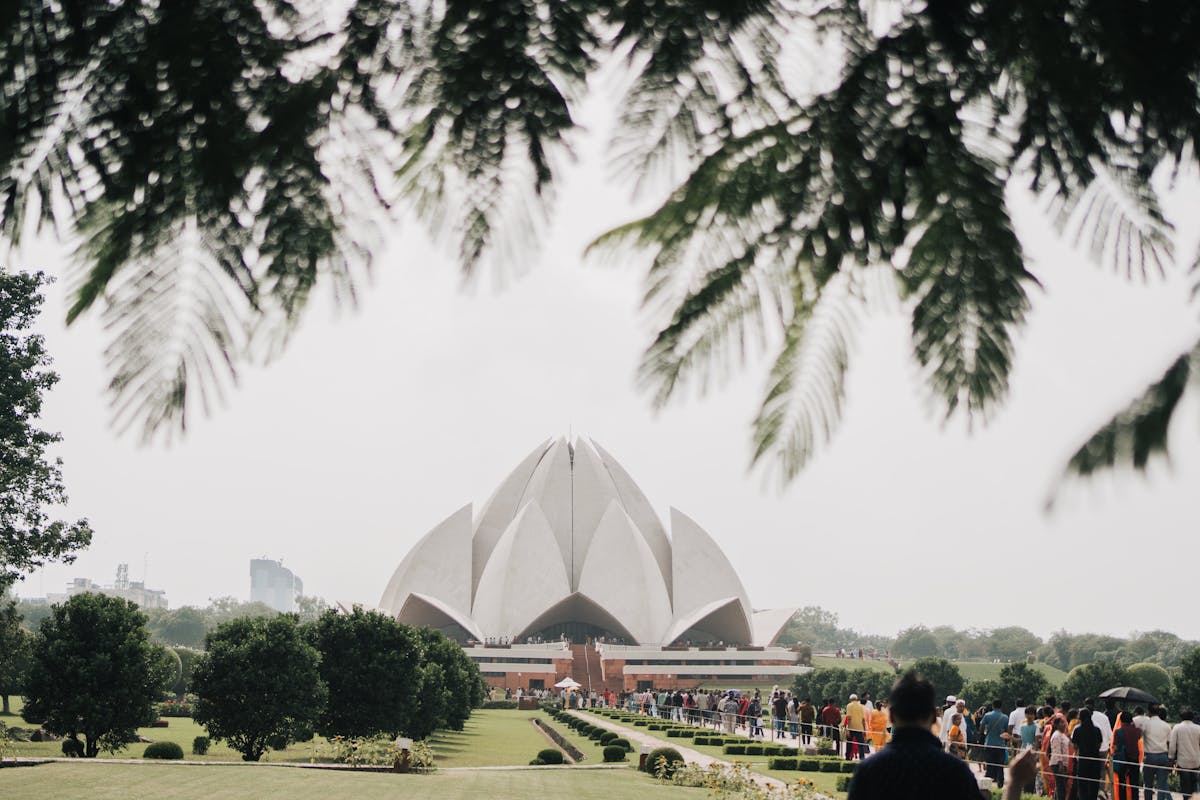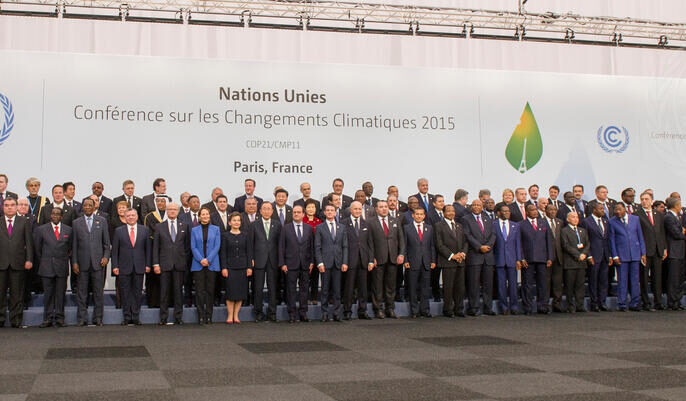Searching for the Solution to Tourism Overcrowding in Top Destinations
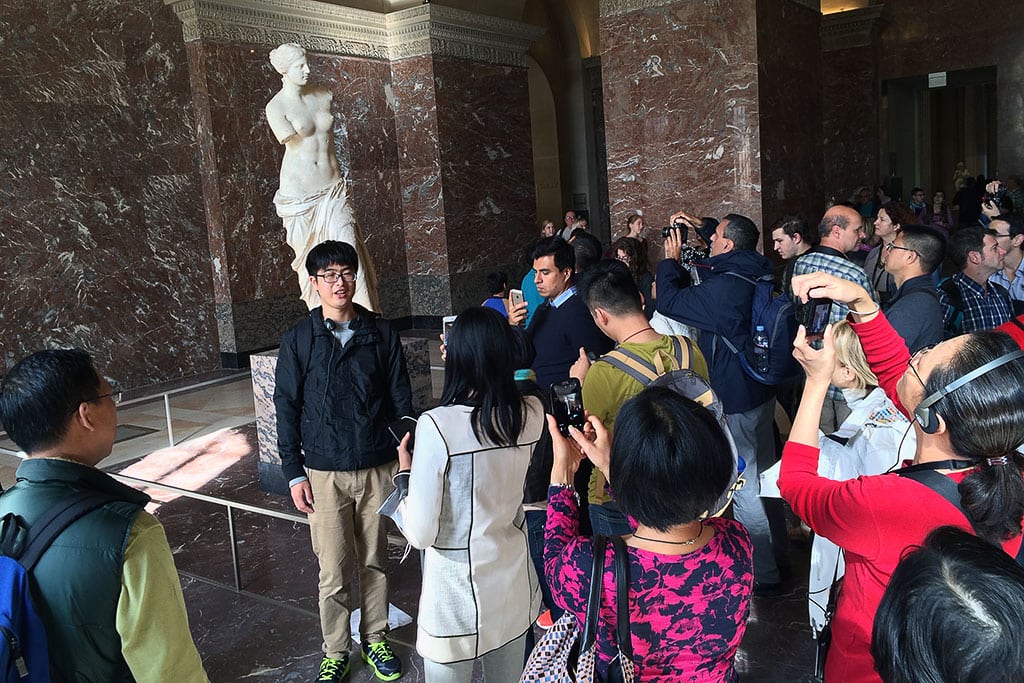
Skift Take
Because destinations can’t hang a “sorry, we're full” sign on the front door in high season, they need to take a more sophisticated approach to managing the influx of tourists.
Fortunately, there’s both proven technology and models available to show the way. This article represents the first time they're getting combined into a powerful solution.
The core issue is often misunderstood. When a destination fills up, it doesn’t mean all the hotels, restaurants, subways, buses and museums are completely full. That’s the part that causes so much confusion. Even in an overcrowded destination, there will likely be restaurant and museum managers telling the people in charge of managing tourism in their destinations that they still have plenty of spots to fill. So the destination management organization (DMO) thinks: we still have space.
This is the wrong way to look at it. Instead, think of the destination like a dinner party. You want to host a nice sit-down meal. Your house holds about 150 people if everyone is milling about. You’ve got plates for 22 people, cutlery for 16 and seats at the table for 12. How many people can you have for your sit-down dinner party? If you want them to be reasonably comfortable, then 12. Want to make it a buffet? Then you’re still limited by cutlery.
Now let’s apply it to a destination. For this example, we’ll say there’s one really popular attraction that 85% of visitors want to see to consider their trip fulfilled, and that attraction can admit a maximum of 10,000 visitors a day. The daily experience-capacity of this imaginary destination is 10,000 visitors plus 15% more who don’t plan to visit that attraction. A chain is as strong as it’s weakest link and a destination can really only grow as fast as its most constricted must-see bottleneck.
As with the dinner party, you can jam more people into the house. But they won’t have a very nice experience.
The trick is: how can it be set up so free market forces can keep this in check? Typically, this already happens when all the plane seats are sold out or all the hotels are full. But because this free-market limit is often well beyond the bottlenecks within the destination, the majority of visitors to popular places experience long lines. Or worse.
Consider the people who traveled all the way to Peru only to discover they couldn’t get any of the 2,500 daily tickets to Machu Picchu. In a Lonely Planet Thorn Tree forum, one traveler wrote “Writing this from the train station in Ollanta - boarding a train to [Aquas Calientes, at the entrance of Machu Picchu] in 2 hours. Lots of folks coming from AC couldn't get tickets though a few were released this morning at 5:15.”
Here’s the other issue with letting airlines and hotels dictate how full a destination gets: when it gets full enough to earn a healthy profit, the industry simply builds more hotels and adds more flights. Do they care about the visitor experience? Not as much as they should. It will, of course, cost them money to change flight routes and sell off hotel properties if the destination gets a reputation for being overcrowded and unpleasant.
So, the solution is to make the booking for that destination’s main attractions (the ones causing the bottlenecks) as simple and as transparent as the booking for hotel rooms and airline seats. Using this Machu Picchu example, it should be easy to book the Machu Picchu tickets online in advance via a number of official sites.
And when potential visitors try to book a flight or hotel room to Peru or Cusco, the booking engine (connected to the attraction booking by an API) can let potential visitors know that there aren’t any tickets available for Machu Picchu available during that period. Or that there is limited availability (“click here to see Machu Picchu ticketing availability and book in advance”).
The online travel agencies won’t stop people from buying plane tickets if the main attractions are full just as they don’t stop people from traveling if the hotels are full. It will simply provide the helpful service of letting them know about it. And it can sell tickets to the attractions, just as it does to Broadway shows.
Think about what happens to a restaurant that gets a great review in a major publication. They get swamped with bookings. Try to get a table for the coming Saturday and they’ll likely say that they’re booked for the next three weekends and the earliest you can get a table is a weeknight or, if you prefer a weekend, it may take a month.” If you hesitate, the restaurant may add, “the phone has been ringing nonstop all day, so if you don’t take one of these times, I can’t guarantee it will be available if you ring back in 20 minutes.” So you eat dinner there on a date you wouldn’t have otherwise selected due to availability.
Using this demand and availability concept is exactly how destinations can even out the peaks and valleys of tourism that makes cash flow and staffing so difficult. If the main attraction is full, visitors are more likely to select off-peak dates to get in.
Yes, the destination will lose some bookings, just as the popular restaurant does. But the destination will maintain a high demand (with high-demand pricing), a high quality experience and a more even flow of visitors.
The first step, however, is to take a look at the bottleneck. In most cases, some clever solutions can greatly increase the volume without harming the experience. At the Vasa Museum in Stockholm, for example, I studied the per-minute entry rate and capacity levels and calculated that a system that involved smart onsite ticketing, advance ticket booking, automatic entry points, virtual queuing and foot-flow management (all available technologies) could increase the amount of visitors it could accept by 400% while improving the visitor experience.
But until destinations get that worked out, best to avoid inviting 150 people to a dinner table with only 12 chairs.
Doug Lansky is the Destinations Editor for Skift, an author and travel writer who has been published in dozens of major publications from The Guardian to National Geographic Traveler, an advisor for destinations, and a keynote speaker at tourism conferences around the world. More at www.douglansky.com. His new book is Travel: The Guide

